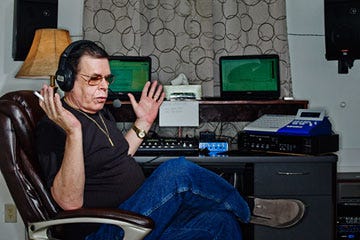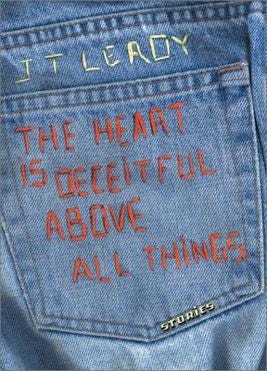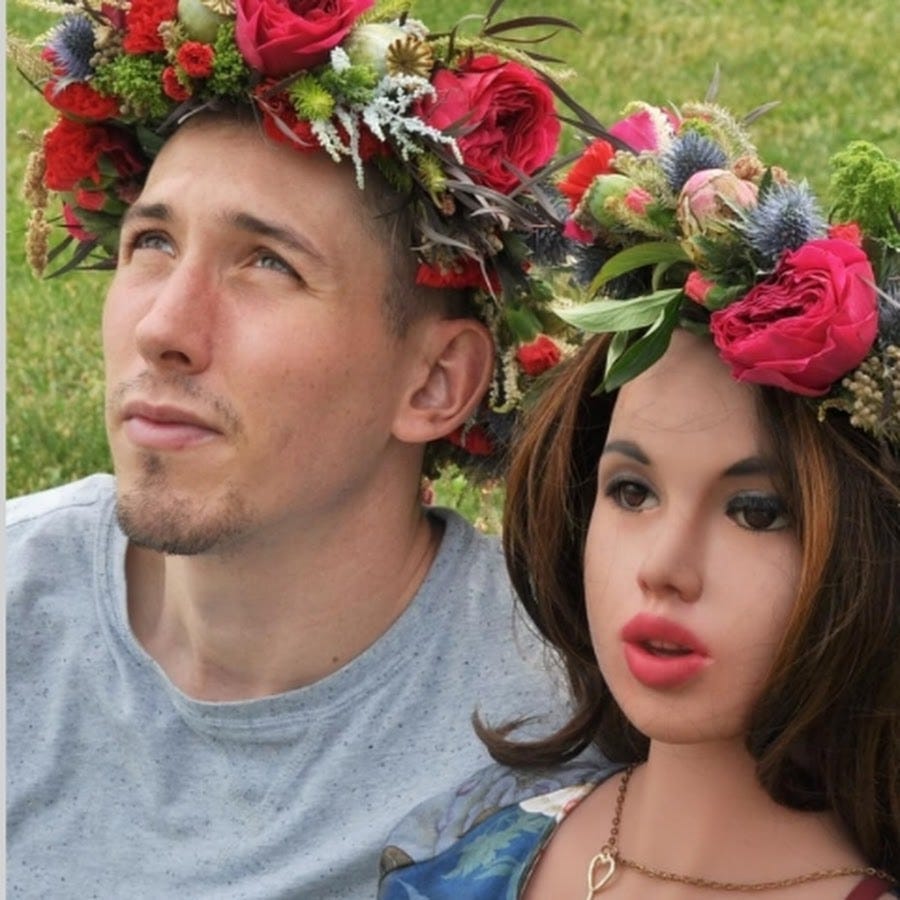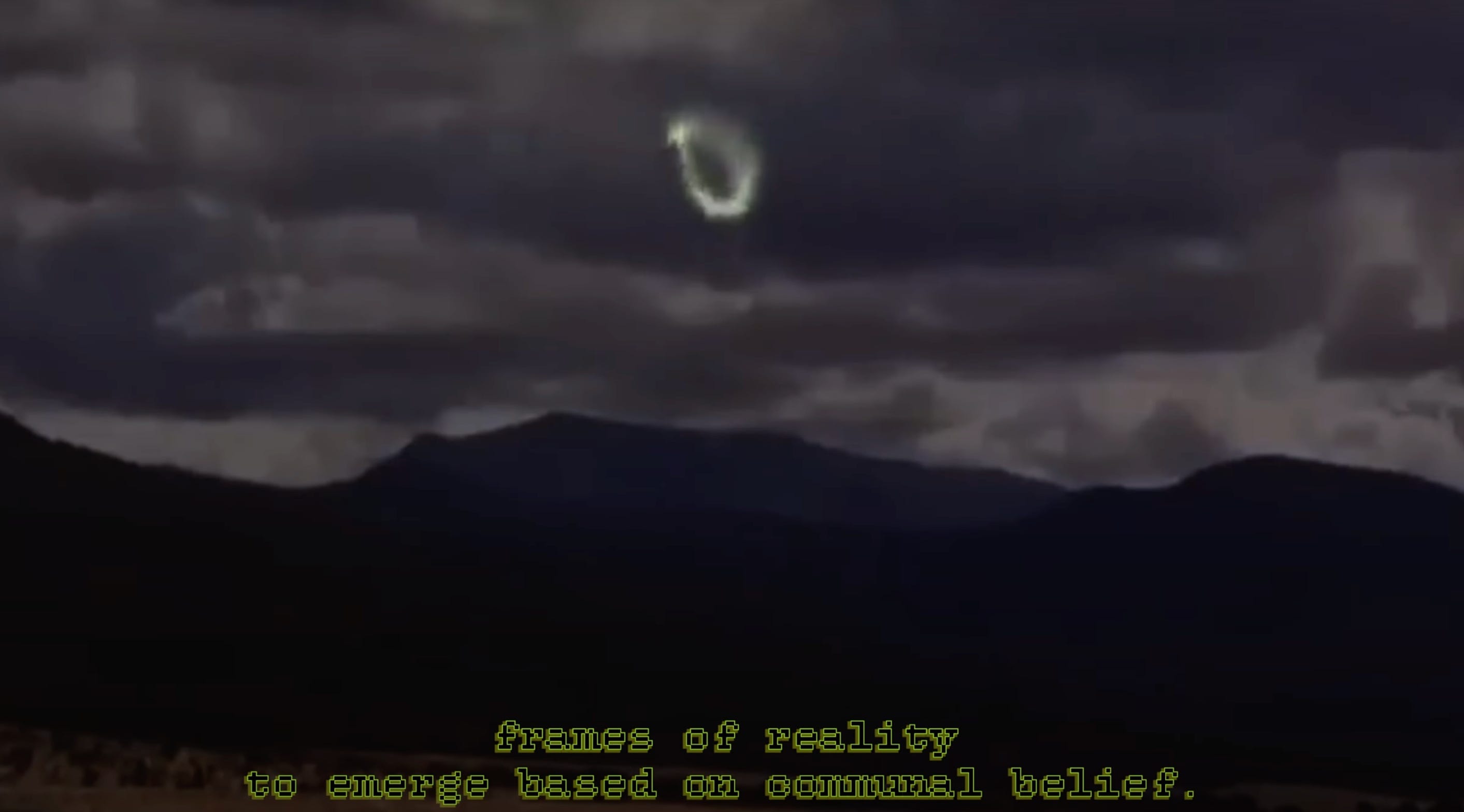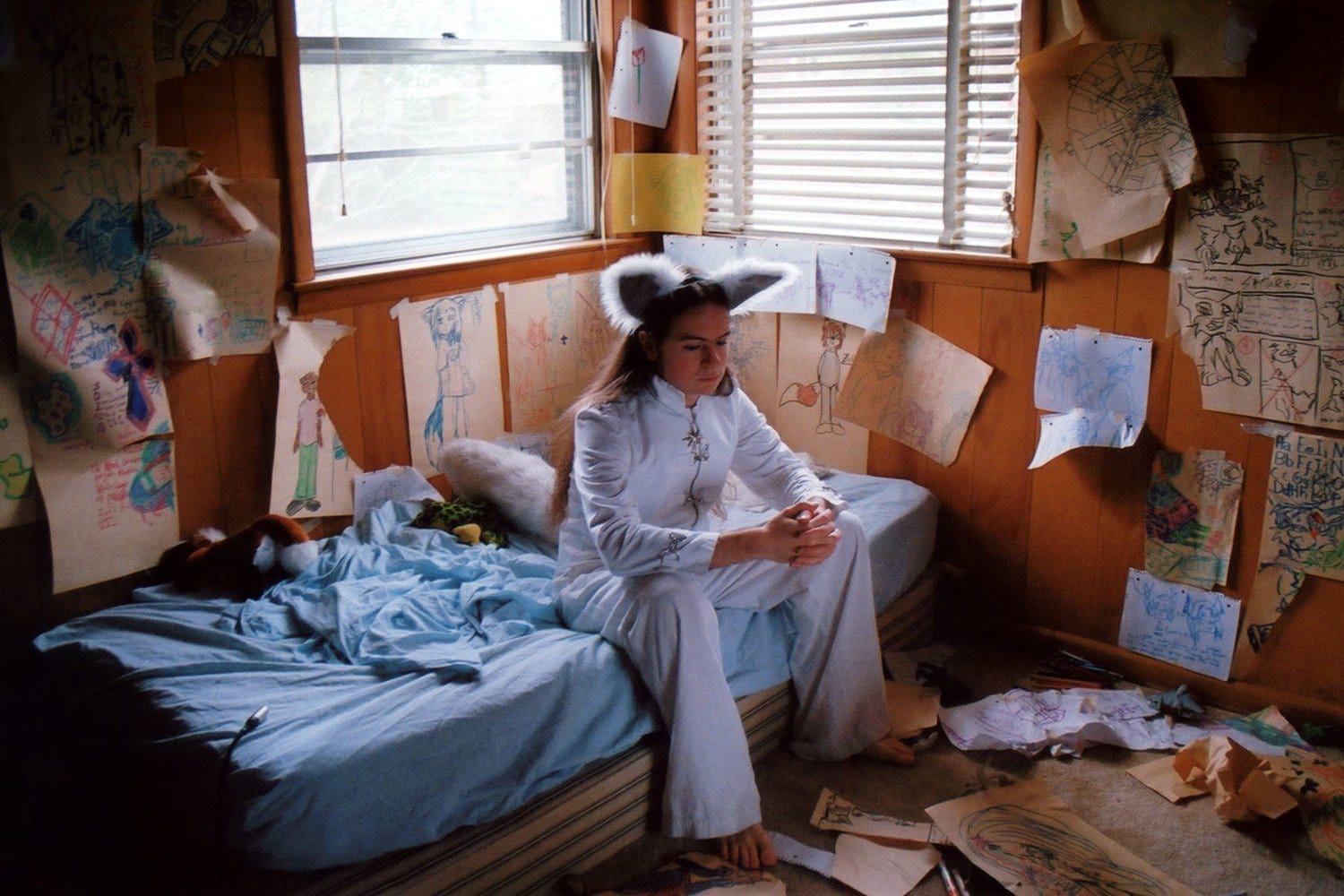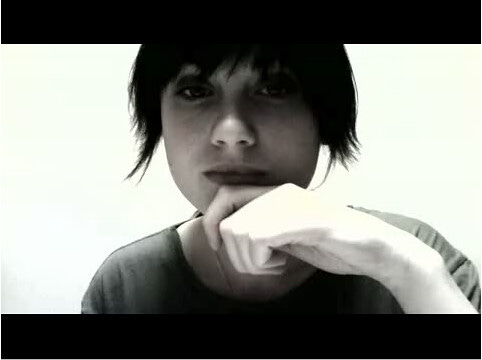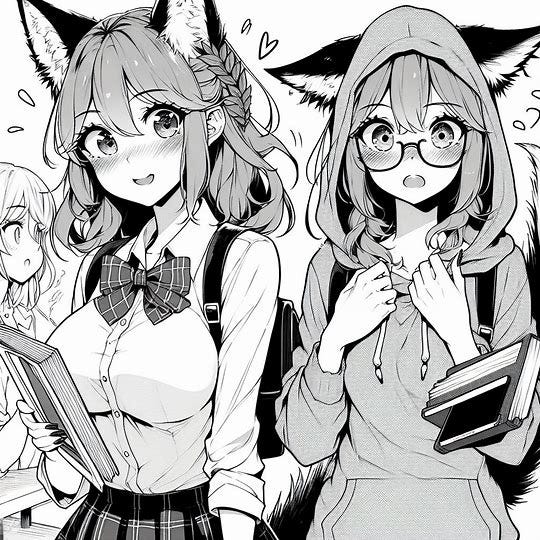Fictional Soul in a Human Body
Description
A couple of weeks ago, I interviewed nabby (@inviteonlycomic on Instagram), a former fiction-kin.
You can listen to it here or on The Computer Room main feed.
Before I explain what a fictionkin is, we first need to understand what an otherkin is.
Otherkin refers to an identity category where one’s soul does not match one’s body. There are human otherkin, like is often the case with fictionkin, mediakin, or otakin/otakukin, who identify with fictional characters, and historykin, who identify with historical figures (you may remember the non-binary TikTok personality who went viral after claiming they “kinned” Hitler, or this iconic Tumblr post). There are also non-human otherkin, who identify with, or in the verbiage of the community, whose kintype is, animals, mythological creatures, aliens, etc.
Otherkin is one of these identity categories that receive unfair treatment. The perfect avatar for social critics foaming at the mouth to critique the excesses of kids online, it has variously been dismissed, conflated with the thematically similar but wholly unrelated furry fandom, or used as a pawn in the ongoing conversation about transgender identity, a “that’s what’s next, folks!”
None of these describe what otherkin are, or how and why they emerged, or even convincingly theorize about what purpose they serve in an individual’s life. I don’t think it’s fair to cast otherkin as a punchline; nor do I think they should be used as pawns in a moral panic about technology.
And to echo Thiel for a moment, while I don’t fault anyone for not taking them literally, I do think we should take them seriously.
Some people have described “otherkin” as a community, but they are only so in the broadest sense. Otherkins exist in a network of related experiences. Like many other online phenomena, including political ones, like the e-right, otherkin exist more in an ecosystem than they do a community. There’s a broad rubric of what it means to be an otherkin, but no single ideology or experience they subscribe to. The religious scholar Danielle Kirby, who’s done some of the most thorough research on otherkin, describes it as a “morass of individual preferences.”
Like so much of contemporary identity, being an otherkin relies on something called unverified personal gnosis (UPG) or subjective personal gnosis (SPG). UPG, a term you may already be familiar with if you’ve ever been in neo-pagan circles, is exactly what it sounds like: unfalsifiable knowledge that can only be received through personal experience.
But in otherkin world, like the spiritual circles they’re downstream of, UPG isn’t always law.
In some otherkin communities, fictionkin are viewed as “less authentic” than those who kin with animals, angels, aliens, or mythological creatures. This perception stems from the belief that kintypes grounded “in history,” even if inaccurately represented, have a more solid foundation in reality. This idea is similar to trends seen in neo-paganism and various digital communities, where historical or tradition-based practices are valued over those influenced by pop culture or are somehow “newer.” For instance, in neo-paganism, practices with alleged historical roots are considered more legitimate, even if the history is partially or completely revisionist or fabricated, as in the case of Gerald Gardner’s Wicca. Similarly, fandoms centered on political or historical themes are often deemed more credible than those based on pop culture, despite the fact they function in the same ways.
Ironically, the concept of otherkin as we know it today, is a product of neo-paganism’s collision with Lord of the Rings, that is, Lord of the Rings (LOTR) flavored fictionkin. “Otherkin” originated from the neo-pagan group, The Elf Queen’s Daughters (EQD), which was part of several Tolkien-inspired spirituality movements that emerged during the late 1960s and early 1970s, after LOTR was printed in paperback and, coincidentally, there was a surge of interest in neo-paganism.
EQD spread their message the way all other nascent fringe identity groups did, through handwritten letters and zines like The Green Egg, eventually—and please fact check me on this, I’m operating from memory—culminating in a 1980s listserv that was run by the Silver Elves, who are the premiere historians of humans-who-identify-as-elves. On the listserv you were either elf kind or other kind: eventually, shortened to otherkin. (BTW, for all the oldheads out there, I’m not forgetting alt.horror.werewolves! Maybe in another newsletter, I’ll dive into the newsgroups that coalesced around these identities.)
Anyway, I digress.
In other communities, contradicting people’s kin-experience is considered poor etiquette. From an otherkin Discord server, one rule states, “Reality checking is not allowed,” and users are encouraged not to argue about people’s identities, “even if they contradict one another.”
This is partly influenced by personal preferences or the political leanings of each community's administrators, but it’s also significantly affected by the metaphysical beliefs that support the concept of otherkin. There isn’t a single otherkin cosmology, and the metaphysics which support each person’s beliefs are as diverse and complex as the identity itself. While some otherkin individuals do not contemplate this aspects of their identity, others have robust ideas, sometimes culminating in fully-developed New Religious Movements, as is the case with the SIlver Elves and the Tribunal of the Sidhe.
A few things stand out to me about otherkin metaphysics:
* Many otherkin believe in the existence of a multiverse, multiple dimensions, or parallel realities. Some believe that the possible number of realities is finite, while others believe they’re infinite. (I can’t help but think of the Mandela Effect here.)
* In some otherkin belief systems, your soul or even your body can travel across the multiverse. Sometimes this happens before you’re born, like with reincarnation, but other times it can happen in the present day. Reality shifting, a term which trended on TikTok during the pandemic, describes the process of “changing realities.”
* Speaking of reincarnation, some otherkin believe that their souls are reincarnated into human bodies. This includes fictionkin. One explanation for kinning a fictional character is that there’s a parallel universe where that character is real. Danielle Kirby describes the role of the author in that worldview:
“[This] recasts the author as a channel or medium, expressing, perhaps unintentionally, another world or plane of existence. The second possible explanation is that the readers themselves, through their attention and interest, actually create the worlds or creatures of the fantastic. This process seems to be based in an idea of energy transfer, and implicity assumes the validity of psychic powers and magic. The former proposal assumes the alternative world is already existent before the composition of the author, whereas the latter includes the audience in the process of worldmaking.”
Something striking to me about this is that these two ideas are everywhere in the mundane or non-otherkin world. Of course, there are New Age beliefs like manifestation, which is just one way people express the idea that belief = power, that everyone is essentially a chaos magician that can create his or her own reality if they simply want it badly enough. In that vein, there’s also the contentious, but I think related, idea that, “You are X if you say you’re X.” (In the future, everyone will see you exactly as you want to be seen for 15 minutes.) But there are other ways these ideas manifest, too. For example, our increasing inability to differentiate fiction from non-fiction, as was famously the case with the short story “Cat Person,” may suggest that authors are mediums not inventors. What was described in “Cat Person” is a reality that must be considered within the context of this reality. This thinking also allows you to more easily separate the art from the artist. A problematic artist, like J.K. Rowling, can be irrelevant, because she was only an imperfect channel, not the originator of the idea. Or that social media creates or guides reality, whether it’s journalists writing trends into existence or the meteoric rise of Donald Trump.
In one interpretation, the popular one, we’re willing these outcomes into meatspace via magic or the machinations of “the Cathedral.” A related thought is that groups of people are working together to “reality shift” or manifest their desired outcome. Another interpretation is that when we post, we’re channeling something that’s always been true. We’re tapping into something. And sometimes? More than one thing can be true at once. Two realities can co-exist, side-by-side.
<p

